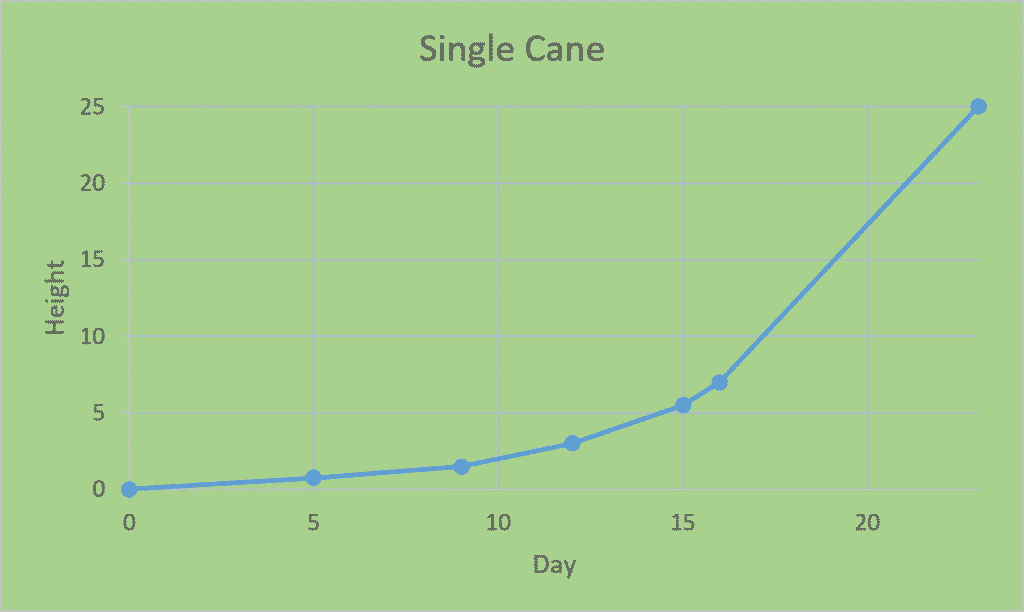
It’s not particularly invasive, therefore rhizome barriers are not necessary. Red Bamboo will grow best in a rich, well-draining soil. Fargesia jiuzhaigou isn’t tolerant of intense heat and high humidity, so it’s not suitable for climates that experience scorching summer heat, including many southern regions in the United States. If your temperature gets hot during the summer, you can mulch around the bamboo to prevent the soil from drying out too quickly. You may also notice some leaf loss in juvenile plants during the winter, but as it matures your plant will be able to better tolerate the cold. However, if your bamboo is young, you’ll want to protect it with horticultural fleece for its first two winters. Red Bamboo is cold tolerant to -25 ☏ (or -31☌). If this happens, try not to panic, as they’ll unfurl again in the shade. If your Red Bamboo is getting too much sunlight, you’ll notice that the leaves can start to curl to protect themselves. Ideally, it should receive plenty of morning sun and be protected from the harsh afternoon heat.

Depending on how hot and humid your climate gets, this type of bamboo can also tolerate full-sun conditions. Light requirementsįargesia Jiuzhaigou thrives in dappled shade environments.
Black moso bamboo growth rate full#
Once you establish a great location that will give it the light and temperature requirements it needs, it will grow to its full potential in no time. What are the best growing conditions for Fargesia jiuzhaigou?ĭon’t let the beautiful and delicate foliage of Red Bamboo intimidate you! Keeping this fast-growing red beauty as a privacy screen or as an ornamental feature in your garden landscape is easier than you might expect. This means that strong winds can pose a problem, so aim to plant your Red Bamboo in a well-protected location. However, it can shed a third of its beautiful foliage in the winter. You can learn more about the rare flowering habits of bamboo here!įargesia jiuzhaigou is quite hardy. Red Bamboo can flower, but it’s not expected to do so for a long time. The small leaves don’t weigh down the culms, giving Red Bamboo its upright appearance. Like other Fargesia bamboo species, Red Bamboo has thin, wispy leaves that are delicate in appearance. More sunlight exposure will turn the culms a deeper red, but too much sun can cause the leaves to curl. ĭepending on the temperature and light exposure, the red color can intensify more during the fall and spring.

As the culms age, they eventually lighten into a pale orange color. New stems emerge green but change to a reddish-purple color over time. In this article, we’ll walk you through everything you need to know about caring for this delicate bamboo species, which is easier than you might expect! What does Fargesia jiuzhaigou look like?Īs its name suggests, Red Bamboo was nicknamed for its vibrant red culms. Its upright, light structure makes for a tranquil appearance.įargesia Jiuzhaigou has several cultivars with slight variations in their color or size, including: Red Bamboo is a popular choice for privacy screening, tall hedges, or ornamental gardening. It was then propagated and eventually made its way to the United States. Its collector, German pharmacist Stephan Wagner, brought the seedlings back to Europe in 1986.

This enchanting and colorful bamboo variety was discovered in Jiuzhaigou Park, located in northern Sichuan, China.


 0 kommentar(er)
0 kommentar(er)
